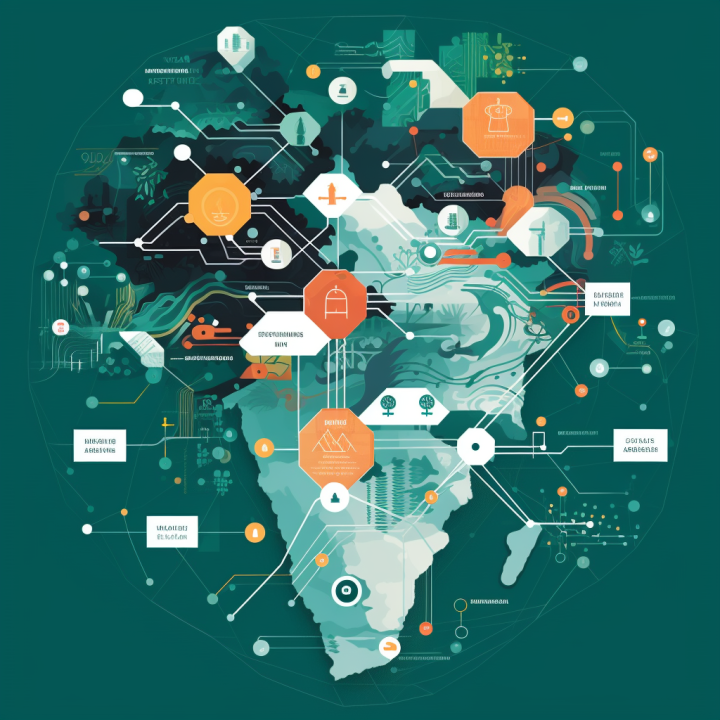
NEW DELHI – India has solidified its position as a global leader in digital public infrastructure and technological innovation, driven by transformative initiatives and a burgeoning ecosystem, according to Union Minister Dr. Jitendra Singh. Speaking at the ET Telecom 5G Congress, Dr. Singh underscored India's remarkable progress over the past decade under the Digital India initiative, highlighting the nation's pivotal role in the global technology landscape.
Dr. Singh emphasized India’s pioneering efforts in digital public infrastructure, particularly the Direct Benefit Transfer (DBT) scheme, which has become a model for other countries. This scheme, launched in the early years of the Modi government, revolutionized welfare distribution by ensuring efficient, transparent, and direct transfers to beneficiaries. The scheme's resilience was vividly demonstrated during the COVID-19 pandemic, where it facilitated seamless financial inclusion and uninterrupted welfare services. “The real litmus test of this transformation came during the pandemic, where transactions continued smoothly and financial inclusion was maintained,” Dr. Singh stated.
Another landmark initiative highlighted was the Swamitva scheme, which empowers citizens through the digital mapping of land ownership. This initiative reduces reliance on traditional land revenue officers and provides rural residents with legal property rights. Dr. Singh noted that nearly 70% of India’s villages have been digitally mapped, making it one of the world’s most extensive land digitization projects. “This initiative represents the true spirit of citizen-centric governance, allowing transparency and ease of access to property rights,” he added.
India's technological advancements extend across multiple sectors, from space exploration to biotechnology. Dr. Singh pointed to India's significant rise in the Global Innovation Index, jumping from 81st to 39th place, reflecting the nation's thriving innovation ecosystem. “India is now ranked sixth globally in patent filings, with 56% of these patents coming from Indian residents,” he noted, attributing this shift to the growing recognition of Indian talent and innovation.
The Indian government has proactively fostered scientific research and innovation, including the launch of a viability fund for space startups and the establishment of a new National Research Foundation to accelerate research in key technological areas. The recent decision to open up the nuclear sector to private players further underscores this commitment. Within the first 100 days of the current government’s term, Rs 10,000 crore (approximately US$ 1.2 billion) was allocated for space startups, alongside the launch of the BioE3 biotechnology policy.
Dr. Singh also addressed the increasing integration of emerging technologies, such as artificial intelligence and 5G, into India’s digital governance model, solidifying its position as a global tech leader. He further highlighted the growing role of women in India’s scientific and technological advancements, citing the Aditya-L1 solar mission, led by a woman scientist, as a significant milestone. “This mission represents a paradigm shift in India’s approach to gender diversity in science and technology,” he said.
Dr. Singh commended India’s thriving startup ecosystem and the increasing global recognition of Indian talent. “Indian professionals are now the preferred choice in global innovation hubs, known for their dedication, creativity, and work ethic. The world is now looking at India not just as a participant but as a leader in the digital and technological revolution,” he affirmed.
As India continues to set benchmarks in digital governance, space exploration, and scientific research, Dr. Singh’s remarks reinforce the nation’s commitment to leveraging technology for inclusive growth and global leadership in emerging sectors.
[Copyright (c) Global Economic Times. All Rights Reserved.]






























